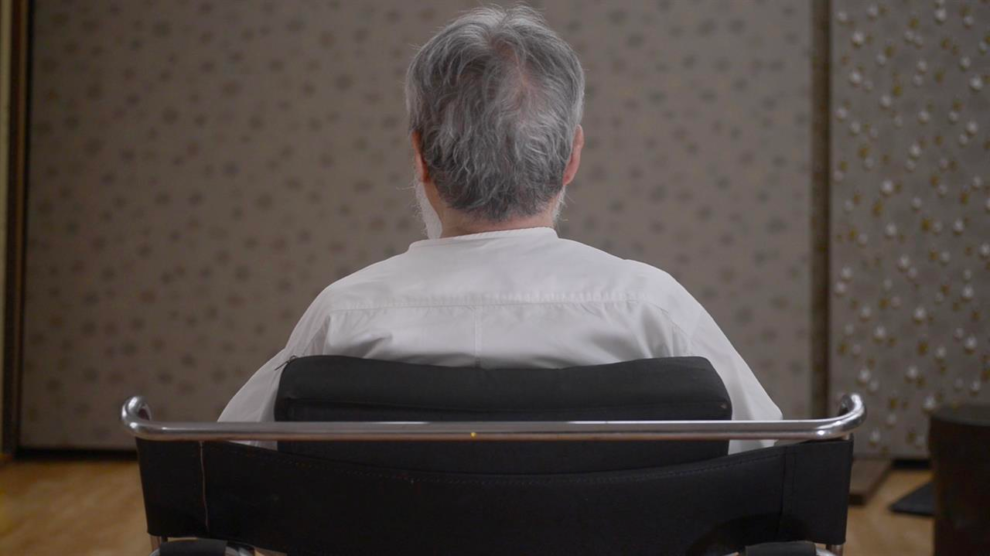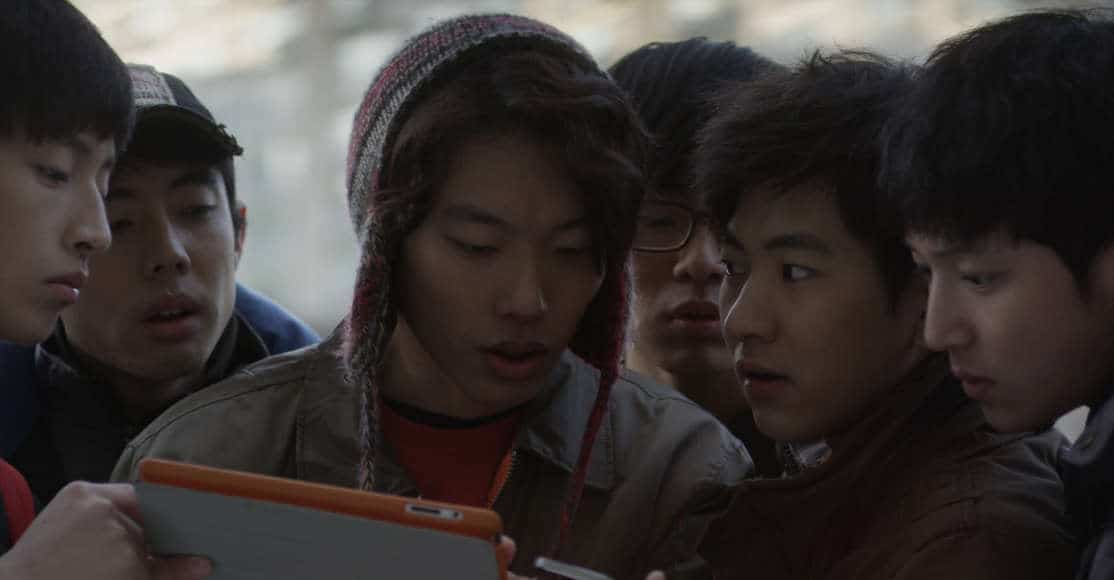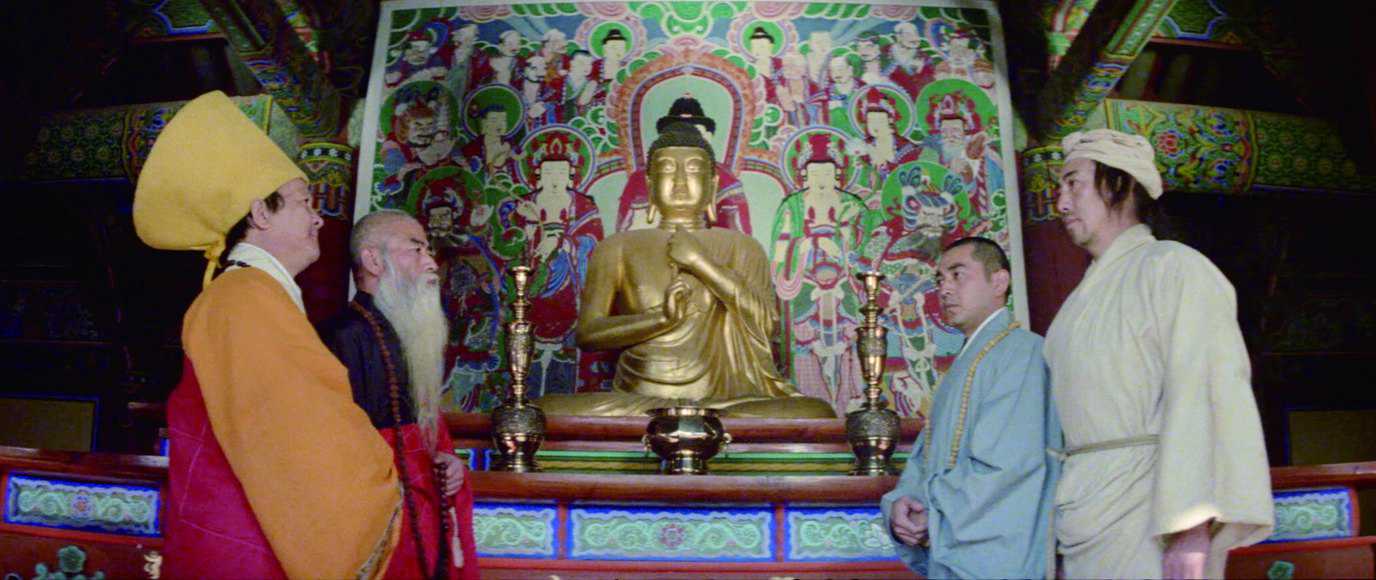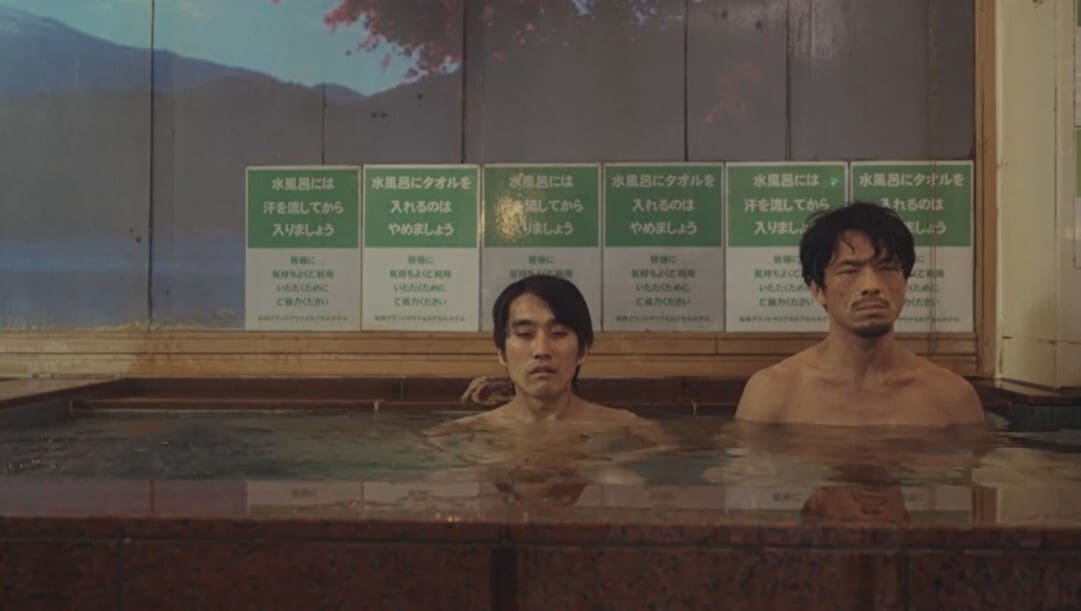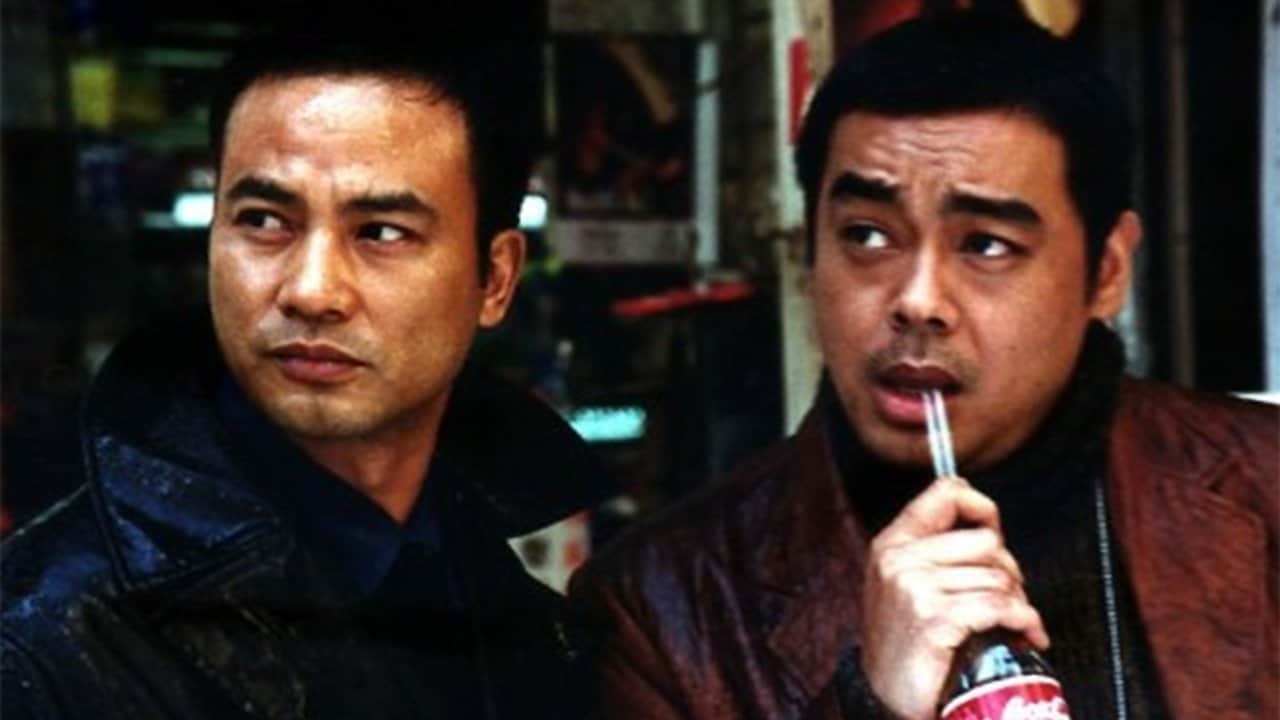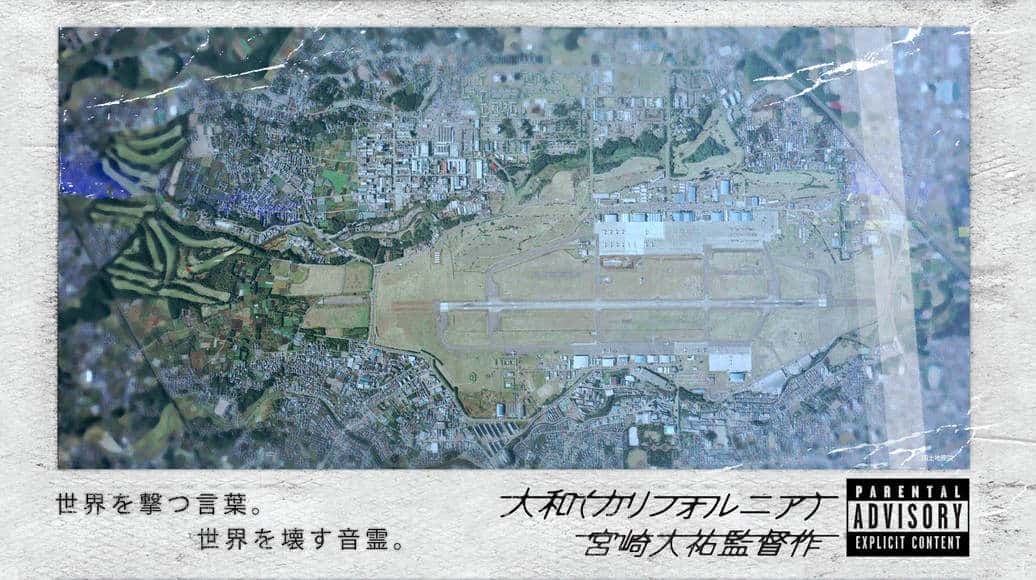For many artists, their subjects have a deep connection to their world view, their past and one experience which perhaps still haunts them to this day, even though this link is quite difficult to grasp for the viewer. Sometimes the theme, for example, with a masterpiece such as Munch's “The Scream” or Picasso's “Guernica”, is obvious, albeit without maybe getting the many details and finer textures of the work upon first viewing. When it comes to a concept such as water or water drops, the idea itself is such as multi-leveled metaphor, it is too abstract to find the aforementioned connection, despite acknowledging the level of skill that comes with painting this subject realistically. South Korean artist Kim Tschang-yeul, however, made a career painting water and water drops, among many other subjects, but when asked about his works, he claimed “Water drops mean nothing to me. If anything, they help me erase memories.” When he died in 2021, his son Oan Kim set out to make a documentary about his famous father, tackling not only his body of work, but also their relationship and why water was a conduit for Kim to deal and finally let go of some of his most traumatic memories.
“The Man Who Paints Water Drops” is screening at Florence Korea Film Festival
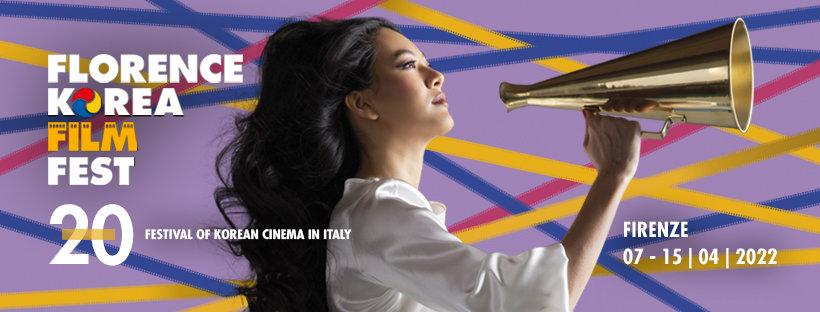
Over the course of 79 minutes “The Man Who Paints Water Drops” sheds some light on Kim Tschang-yeul, the man, the father and the artist, focusing on the genesis of some of his paintings, how he became famous throughout the art world and, perhaps most importantly, how the image of water drops carries a way of understanding a life-long trauma. One of those events shown in the documentary is the opening of a museum dedicated to Kim's work, on the island of Jeju, with the image of the artist standing in one of its empty rooms, observing the white walls where his works will hang in the near future being one of those visuals which are well-suited to sum up the gist of this enigmatic person. While Oan Kim and co-director Brigitte Bouillot have done their best, gathering a multitude of archival footage showing Kim giving interviews and opening exhibitions in many cities of the world, there is still some kind of distance throughout the movie, as if the subject still somehow evades being analyzed.
However, this level of distance is perhaps also necessary, in order to keep from making hasty assumptions. Much like the visitor of a gallery, the camera then captures the almost photo-realistic works of Kim, lingers on them for a while, maintaining a quiet, almost contemplative tone throughout the movie, for the work as well as the artist. In the same way, Oan Kim, in a comment to some of the footage showing family life, observes and keeps his distance, portraying a man, who, as a creator and a father, seems very reserved and introverted. With the addition of mentioning his past, his birth in North Korea, his experiences in the Korean War and traumatic events he witnessed, we are given a significant key in understanding the art as well as the man, to some extent, at least.
In conclusion, “The Man Who Paints Water Drops” is a quiet, meditative documentary about Kim Tschang-yeul, the artist, the man and the father. Oan Kim and Brigitte Bouillot have found a fitting approach to their subject, respecting the emotional nature of a son trying to understand his father, but also mirroring the fragile, deeply personal nature of the art and its link to its creator.


